During the first three days of the Ramadan Bayram, also known as Eid al-Fitr holiday, Mount Nemrut in Adıyaman, southeastern Türkiye, known for its colossal statues, has seen a surge in visitors.
Standing at 2,206 meters and listed as a UNESCO World Heritage site, Mount Nemrut reopened for tourism on March 15 after being closed during winter. The holiday has drawn large crowds, making it one of the top destinations for tourists.
While Mount Nemrut typically hosts 700-800 visitors per day, the holiday period has significantly increased this number to around 2,000 daily. Despite the cold weather, mostly local tourists make the challenging climb to the summit, where their fatigue turns into excitement upon reaching the top.
Adıyaman Museum Director Mehmet Alkan noted the remarkable rise in visitors due to the Ramadan holiday. He stated, “Mount Nemrut’s tumulus is experiencing a significant influx of visitors. Since reopening on March 15, we initially welcomed around 700-800 tourists per day, but with the extended nine-day holiday, this number has now reached 2,000 daily.”
Mount Nemrut was inscribed on the UNESCO World Heritage List in 1987. The site is famous for the tomb-sanctuary of Antiochus I, a ruler of the ancient Kingdom of Commagene. Built in the first century B.C., the site is known for its colossal statues of gods, eagles and lions, which reflect the unique blend of Greek and Persian influences in the region. The syncretism in the pantheon and the lineage of its kings highlight the cultural fusion present in Commagene’s heritage.





























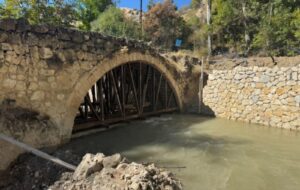




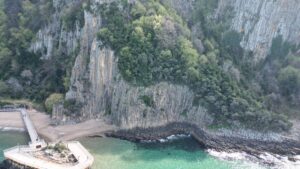









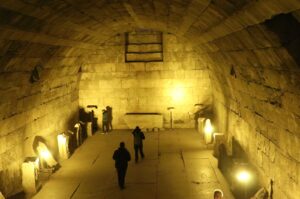

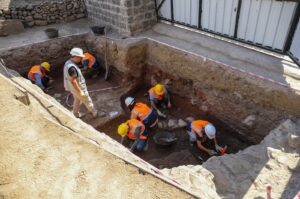


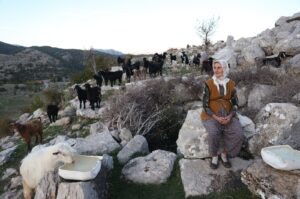


Be First to Comment